What Is Render Network and RNDR?
Render Network is a peer-to-peer network that rents out idle GPU power to content creators and AI applications, where transactions are processed securely and transparently using the blockchain and smart contracts. The RNDR token is the native token of Render Network, and it is used to pay for rendering jobs on the platform.
Key Takeaways
-
Render Network is backed by OTOY, a cloud rendering company. It pools dormant GPU power and creates a marketplace where individuals and entities ("Creators") can leverage this dormant power to process high-quality graphics, train AI models, and more.
-
Render Network offers Creators scalability, privacy and security, and transparency, utilizing Proof-of-Render to manage the validation process for a delivered job and the remuneration for each Node Operator.
-
Node operators are paid in RNDR, the project’s native token, for completing a job. RNDR also serves as the governance token of the project, and it is currently on the rise due to the interest in the AI narrative.
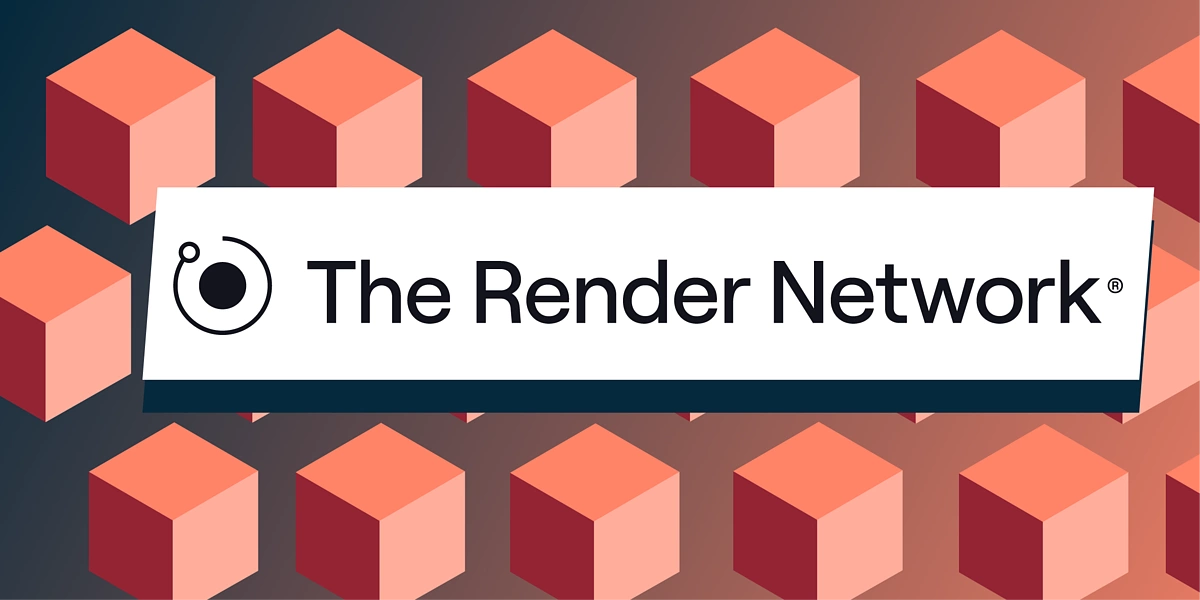
In 2023, Render Network’s token, RNDR, rose in value by over 1,000%. Render Network's rise is attributed to an increase in interest in AI, and the subsequent demand for GPUs to train AI models that outstrips the supply of major cloud-server providers like Amazon Web Services, Microsoft, Google, and Oracle.
Render Network is designed to rent out dormant GPU power, allowing Creators to access a network of idle GPUs for compute power. While originally positioned as a solution for Creators to render graphics and other assets at scale, it has since branched out beyond movies and games, and Render Network now also supports AI computing, where GPU power can be rented to train generative AI models.
Render Network is founded by Jules Urbach, who is also the founder of OTOY, a cloud rendering service that delivers cinematic quality 3D graphics.
Understanding Render Network
As mentioned above, Render Network aims to overcome the bottleneck around computational infrastructure where the centralized GPU cloud is unable to meet demands for computing power, resulting in high prices and lack of availability. Render Network connects individuals or entities (referred to as "Creators") that need GPU power, with those who have idle GPU resources ("Node Operators").
Render Network overcomes the limits of the centralized cloud by renting out dormant GPU power to Creators or other protocols. Device owners anywhere in the world can become Node Operators, who commit their idle GPUs to Render Network, and earn RNDR whenever their GPU power is used to complete a job.
This means Creators and applications can easily obtain GPU power to render high-definition graphics or train an AI model via this setup, paying a fee that is significantly lower than the centralized GPU cloud. This has led to Render Network becoming a major protocol to watch in both DePIN, where major studios have used Render Network in their production workflow, and the AI space.
“In the case of one layer to what we are providing, DePIN…studio movies have been rendered on decentralized nodes in our system with end-to-end encryption — you’re getting faster speed, you’re getting one tenth of cost, you have massive availability, and a ledger can authenticate what an image is or where the data came from, that’s built into the crypto part of it — we have Proof of Render.
Generative AI on the inference and training side also fit to the kinds of GPUs that are already on Render. You don’t need an H100 to do training on generative video. One of the more exciting propositions for us is we look at the Apple ecosystem where you have GPUs with 120 gigabytes of video memory, those are out there in the tens of millions. Tapping into that is going to be a massive win over the cost of the scaling issues we have on centralized clouds. That’s where I see huge advantages of decentralized approaches like we have.”
— Jules Urbach, Founder @ Render
Due to increase in demand and in anticipation of future network growth, the Render Foundation decided to move Render Network to Solana. One of these considerations is blockchain throughput, where the project claims that “(at) peak moments, the Render Network could already have more frames completed within a single second than ETH's TPS.” There is also anticipation around emerging technologies that open up new applications, such as the emerging Merkle Tree compression for NFTs developed by Solana Labs and Metaplex.
How Render Network Works
Render Network’s operation consists of
-
A blockchain network
-
Creators, who create jobs that require GPU power
-
Node Operators, who are GPU owners that commit their idle GPUs to the network
-
OctaneRender, the engine used in the Render Network client
-
A multi-tier pricing protocol and
-
Proof-of-Render, a consensus system that guides the general operation.
Render Network was first deployed on the Ethereum blockchain and was also recently launched on the Solana blockchain, with plans to eventually move to the latter. The blockchain layer handles payments, where public ledgers ensure that all Creator-Node Operator interactions are transparent, where all parties (and the Foundation Team) can ensure that all transactions are processed correctly and can be identified and corrected if needed.
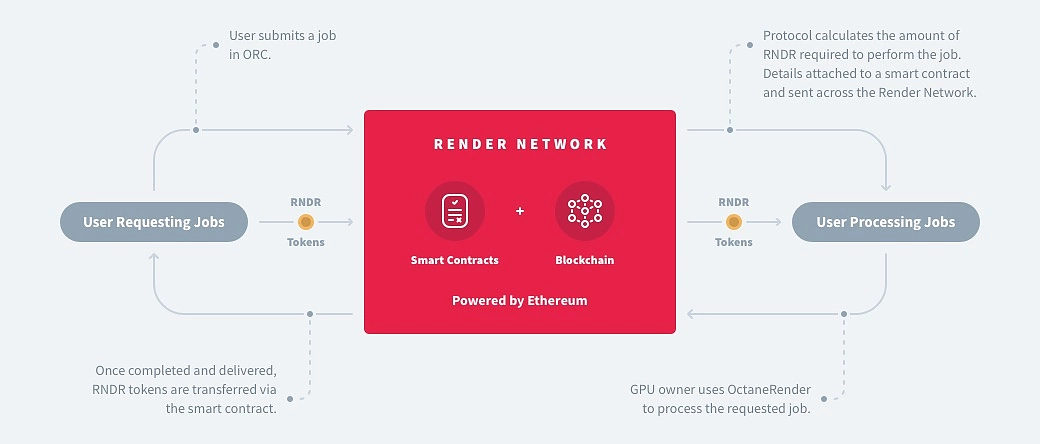
Creators who wish to rent GPU power from the Render Network create a job. The job contains the details of the task, where the fee is determined by the job’s parameters and the network’s resource availability.
Node Operators use OctaneRender, a rendering application developed by OTOY, the graphics development firm behind Render Network. To ensure the privacy and security of assets and Creators on the network, the system uses end-to-end encryption and hashing, along with other measures.
A multi-tier pricing protocol handles the job allocation. It uses a reputation-based system to rank Node operators and lets creators select from pricing three tiers. Tier 1 services are used by the project’s trusted partners. Creators who wish to obtain a high-quality service can select Tier 2. Tier 3 is the economy tier.
Tier 1 services are handled by highly rated node operators and are usually executed faster. Once node operators start processing the job, creators can track the progress of their job in real time using OctaneRender. Highly rated node operators also receive more job allocations.
Render Network’s Proof-of-Render (POR) consensus algorithm coordinates the processing of the job. Similar to how the Proof-of-Work consensus algorithm works, the node operator commits their computing resources (GPU) to process the task. However, instead of a mathematical puzzle, the task here is a graphics rendering job. Upon delivering the job, the POR algorithm updates the node operator's status, including changes to the reputation score based on the quality of the task delivered.
Benefits of Render Network
Now, let’s take a look at some of the benefits Render Network brings to the field of GPU processing.
Scalability
Creators who use Render Network access an on-demand GPU power, where they can rent as much GPU power for their task as needed. With reports stating that Render Network has more GPUs than Amazon’s and Google’s networks, it’s not a stretch to say that Render Network Creators have access to an infinitely scalable GPU power sourcing system.
Privacy and Security
As Render Network handles jobs from individuals to globally recognized studios, it has taken measures to protect the privacy of Creators and assets on the network. These measures include encrypting all assets, limiting individual asset storage to short term, and watermarking individual frames to ensure payment is made before scenes are downloaded.
Transparency and Fair Pricing
Render Network claims to offer Creators and Node Operators a fully transparent system. As mentioned above, by utilizing the blockchain to handle payments, all Creator-Node Operator interactions are publicly verifiable on the blockchain’s public ledgers. Creators and Node Operators both need to build reputation scores to access larger amounts of concurrent GPU nodes (Creators) or receive a higher volume of jobs (Node Operators), which depend on the number of jobs completed successfully. This is combined with a multi-tier pricing system that allows users to pay according to their needs and budget.
Use Cases of Render Network
Render Network’s GPU processing power can be rented for a variety of applications, ranging from film and game development to AI. Render Network supports use cases beyond those outlined below, including physics and mathematical simulations or project mapping.
Film, Games, and Other Media
Films and game development demand high-quality graphics, and creators in the space could benefit from a scalable supply of GPU power to bring their visions to life. Artist and 3D Motion Designer Raoul Marks has used Render Network to create the opening title sequences for shows including Westworld Season 4.
A: "LightStage is used in almost every #Marvel & #StarWars film for digital doubles & the openings of Ant Man & The Wasp and Captain Marvel were rendered in Octane (the former on the cloud!). #Disney is an investor in @OTOY since 2016..."#RNDR #cloudrender #cloud #rendering
— The Render Network (@rendernetwork) July 7, 2020
Artificial Intelligence (AI)
The Render Network, the leading blockchain GPU network, is exploring support for AI and machine learning tasks.
— The Render Network (@rendernetwork) July 11, 2023
The latest RNP-004 - Open Compute Clients is a proposal by @ANTBIT_OFFICIAL to leverage Render Network nodes for AI / ML workloads via the network’s API..🧵
On July 11, 2023, Render Network shared its plans to support AI and machine learning tasks (jobs); the integration will allow node operators on the network to take on rendering jobs for AI-generated graphics and prototypes. As generating images is computationally demanding, Render Network’s rent-as-you-go GPU allows these applications to render high quality images for a lower cost.
Architecture and Product Design
Architects and product designers can also utilize Render Network to develop high-quality 3D visualizations for their designs. Product designers can prototype at scale, testing texture and colors through parallelized GPU rendering, while architects can create immersive virtual reality architectural renders.
Render Token and its Utility
Render Token (RNDR) is the native token of the Render Network. The Render Network team released RNDR in October 2017 and has since this time integrated the token into the growth and development plans for the Render Network. According to the project, the total supply of RNDR tokens sits at 536,870,912. 25% of the total supply has been used in fundraisers and 10% allocated to the project’s reserves. The use cases for RNDR include;
Governance
As the governance token of the project, the Render token is the political structure of the project and represents individual influence and community strength.
RNDR holders make up the Render DAO and are eligible to submit development proposals (Render Network Proposal (RNP)) and also vote on proposals. Each RNDR holder has a decision weight proportional to the number of tokens held. According to the project, each proposal goes through a prior review process before being set up for voting on the governance portal, which is open to any RNDR holder.
Paying for Jobs
RNDR is the base currency of the Render Network. Creators who wish to render their graphics via GPU from Node Operators pay RNDR for the job. The cost for a job is determined by the GPU power required to render the graphics. On the Render Network, this is measured in OctaneBench (OBH), which is a tool created by OTOY to define the GPU power provided by any combination of graphics cards into a single score.
However, to simplify the payment process for Creators who are not conversant with cryptocurrency, Render Network introduced the RNDR credit which can be purchased using bank cards, but these credits still reflect the RNDR value of the payment to be made, and Node Operators receive their rewards in RNDR.
Burn and Mint Equilibrium
The Burn and Mint Equilibrium (BME) is a tokenomics model for the RNDR token. According to the project, this is meant to create more value for the token via a better pricing and remittance arrangement for Creators and Node Operators. In line with this model, the network computes the cost of jobs in dollars. Creators will be required to burn RNDR equal to this dollar value to create a job on the network. Creators who don’t hold the RNDR token will be required to purchase the token to create a job, which creates a constant demand for the RNDR token.
When a job is created, the Node Operator who processes the job will receive their reward in RNDR tokens. The network mints RNDR per epoch. For every epoch, it computes the job processed and the percentage processed by each Node Operator. 90% of the RNDR token minted per epoch is used for Node Operator rewards while the rest is allocated to availability rewards. Node Operator receive rewards according to job processes and uptime challenges completed (also known as availability). Part of the availability reward is also used to incentivize Creators to create a job on the Render Network. The mechanism adjusts emissions according to the network’s demand status.
Rise of Render Token (RNDR)
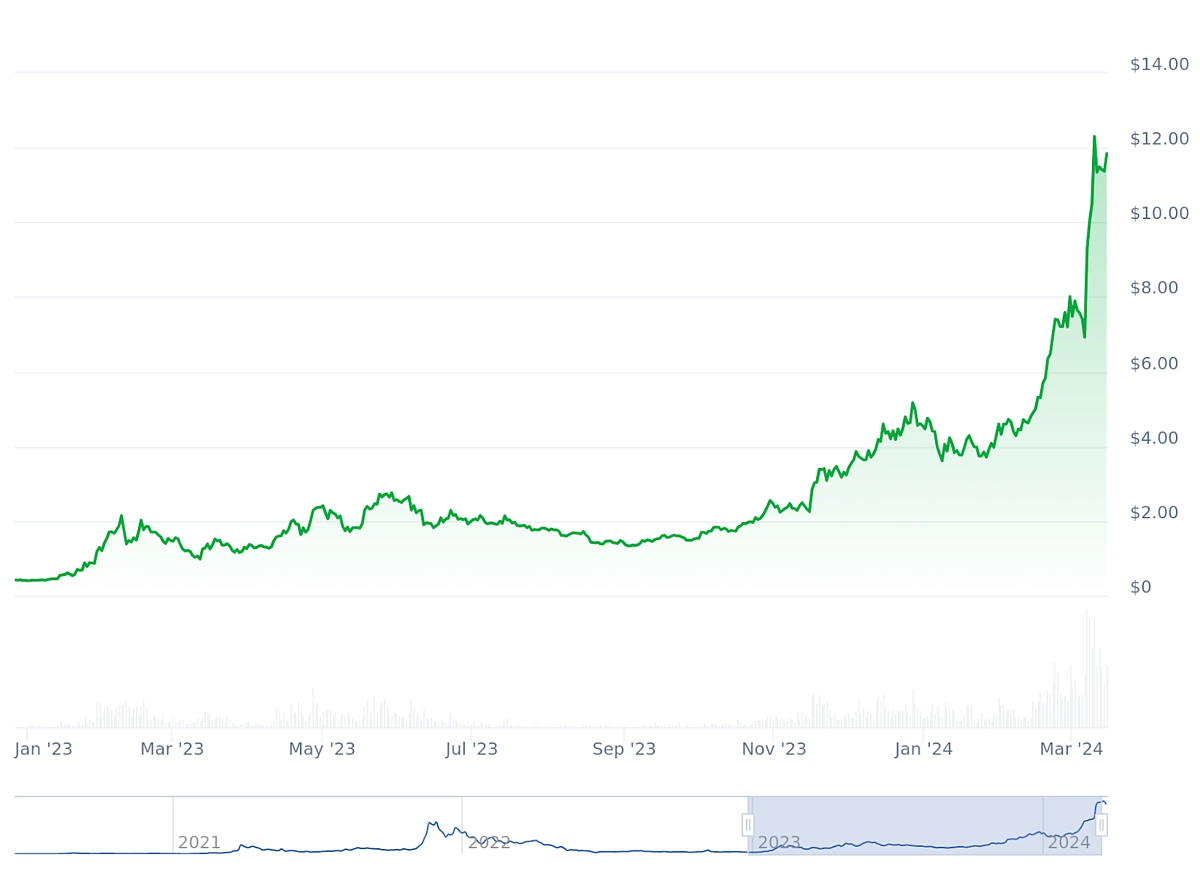
RNDR has been consistently setting new highs since Q4 2023; first it ended the year 2023 as one of the best-performing assets with over 1,000% gain, and reaching a new all-time high of $13.53 on March 17 2024.
The Render token is on the rise, fueled by the interest in AI and GPU manufacturer Nvidia’s record quarterly revenue of over $22 billion. In addition, Mac Pro hardware users enjoy the first year of OctaneRender VFX software for free, which could further drive interest in RNDR from Creators.
Moreover, with the demand for GPUs to train AI processing models, there is now an additional demand stream for Render Network's services. Render Network's pay-as-you-go approach is also more appealing for smaller enterprises and individuals, as Creators only pay for what they need.
RNDR currently trades on decentralized exchanges on Ethereum and Solana blockchain and centralized exchanges like Binance, Kucoin, and Gate exchange. See active trading pairs for RNDR.
Final Thoughts
As the demand for AI and next-generation media increases, so does the demand for GPU computing power. With Render Network's access to a vast network of idle GPUs, the project is able to offer scalable GPU power based on a Creator's needs. Unlike its centralized competitors, Render Network doesn't have to limit GPU availability while offering competitive rates, as its pricing model is based on $1 worth of RNDR, reducing the impact of the RNDR token's volatility. Render Network uses blockchain technology and smart contracts to create a transparent decentralized marketplace for GPU power, where Node Operators can monetize their idle GPUs while Creators can access a cost-effective and efficient rendering solution based on their needs.
This article is provided only for information and education purposes, and it is not meant to be taken as financial or investment advice. Readers are recommended to do your own research before investing any capital into any protocol.

Joel is deeply interested in the technologies behind cryptocurrencies and blockchain networks. In his over 7 years of involvement in the space, he helps startups build a stronger internet presence through written content. Follow the author on Twitter @agboifesinachi


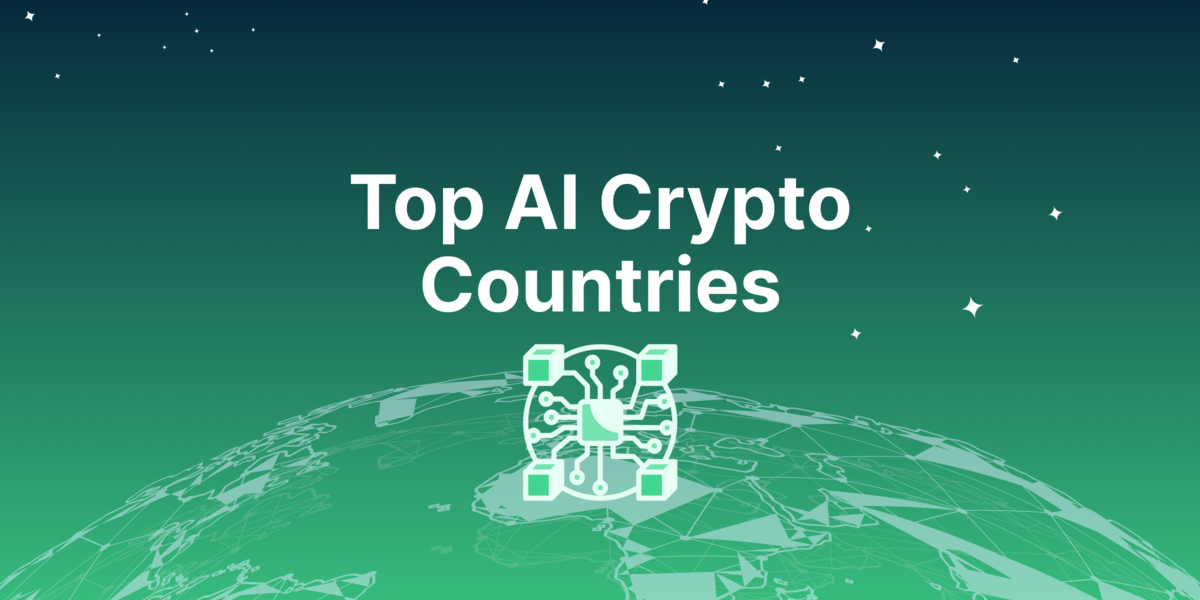

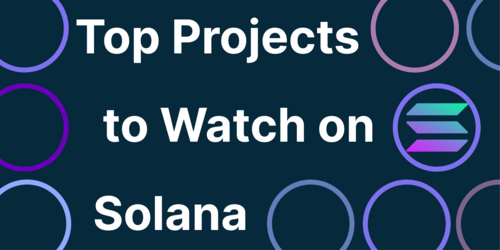




 Or check it out in the app stores
Or check it out in the app stores